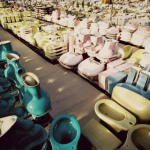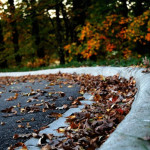People who enjoy gardening activity know well that soil is important aspect in gardening. The first thing which you should know about soil is what soil is. The soil consists of mixture of organic matter, rock, and also mineral particles. However, what the plant needs from the soil are the air, water, and also nutrients in the ground. Those components are taken up by roots to be used by the plant. Those are necessary components to form flowers and leaves. Before starting to plant anything in your garden, it is better for you to know the soils of your garden.
To know the soils of your garden is very important so you can plant the appropriate plants and get the best result from your garden. There are some steps which you can do to know the soils of your garden. The first step is pH testing. As basic information, pH is the acidity or alkalinity of the soils. This is very important for plant growth. pH can be measured easily and it is listed numerically on a scale of one to 14. The indication of acid soil is below seven, the neutral pH is seven, while the alkaline is above seven.
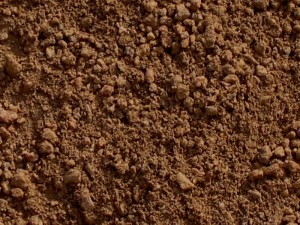
You can simply get domestic soil testing kits which can be used easily to know the soils of your garden. These kits depend on color not the numerical scale. Try to find the kits in garden center. To indicate acidity, the kits usually turn to yellow-orange, green for neutral, and dark green for alkaline. Most plants need pH of 6.5 to 7. This scale is usually where the nutrients are easily available. There are some plants which are ericaceous which means they need acid soil. You can also find some plants which grow well in alkaline soil.
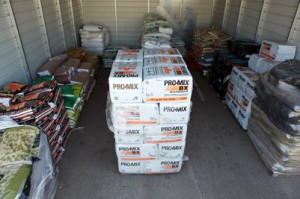
There are six soil types which are available. The first soil type is the loamy soil. Many people consider the soil is the ultimate garden soil since most plants are growing in this soil. The soil has brown and crumbly texture which is similar on well-worked allotments. During the winter or summer season, it is rarely waterlogged. Loamy soil is also very supportive for various plants. When you are digging the soil, you will not face any difficulty since the soil is light and can be dig easily. Loamy soil also provides high nutrients for plants. Check the character to know the soils of your garden.
The second type of the soil is the chalky soil. This soil is usually found in Southeast England. The character of the soil is very shallow, full of white chalk, or flint which is free draining. During the summer time, the soil can be very dry and your plants need to be watered more frequently. You also need to feed it more. Chalky soil has alkaline character. You might not be able to grow certain plants in this soil. Another soil type is the clay soil. The soil is sticky and naturally has high nutrients. If you grow plants in this soil, it will grow well. However, it still has some problems especially during summer where it gets dry with visible surface crack which prevents plants difficult to get water to plant roots. In the winter, it is waterlogging. Know the soils of your garden better so you can grow your plants well.
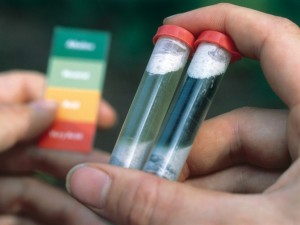
When you are learning to know the soils of your garden, you might also need to know about silty soil which is contains of fine grains deposited by river. You can feel the tiny particles when you rub it between your fingers. It can perform distinct particles shapes but it can be rolled into sausage like strips. The best soil is peaty soil which can be found in some best farmlands. The color is almost black but simple to dig over and spongy to touch. If those soils above are not your garden soil, it might be sandy soil. It feels rough and gritty. You might find the soil is rare to experience water logging. If you are growing plants in this soil, you need to feed the plants regularly.





